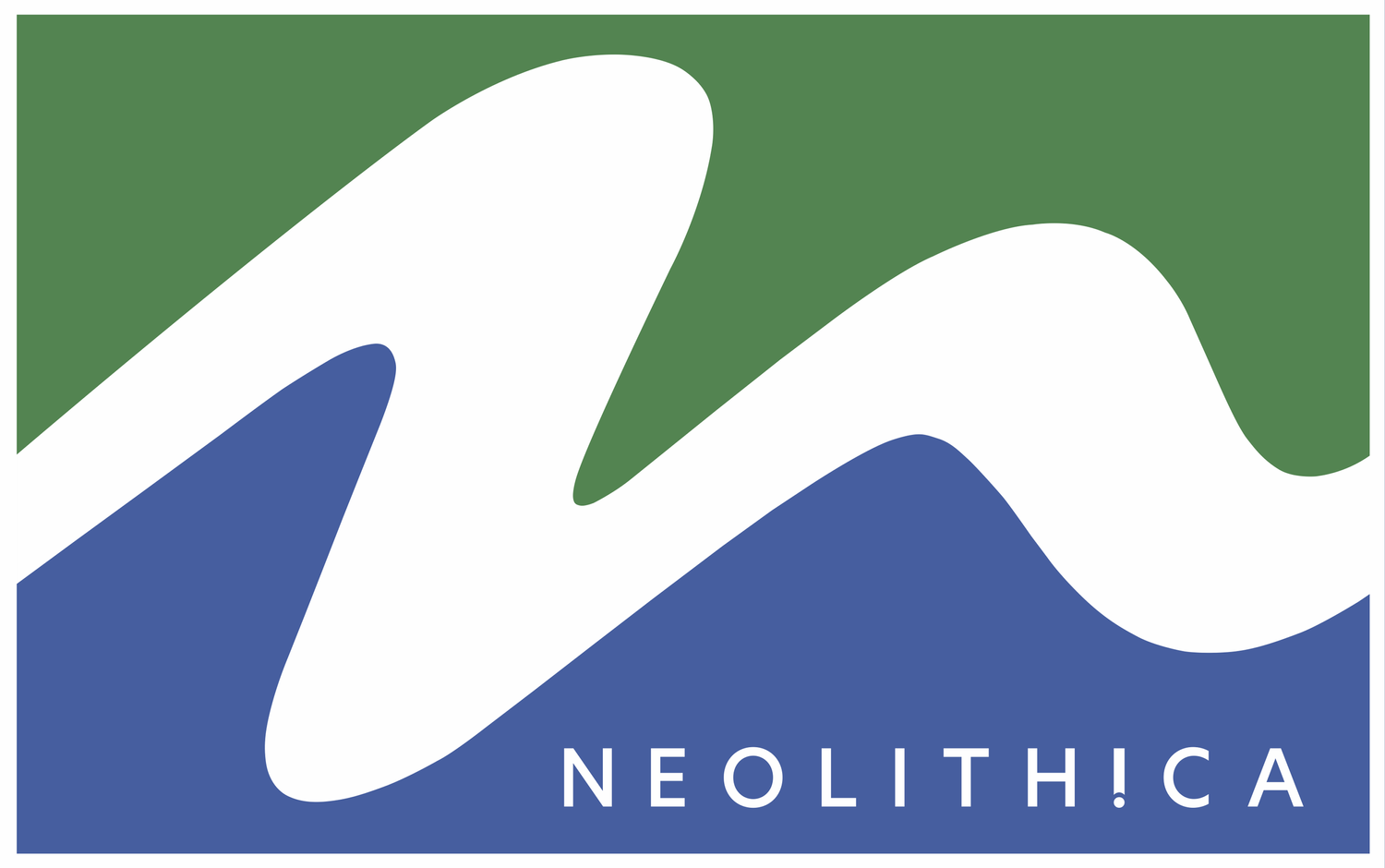
Lithium for use in battery applications will quickly dominate the market for this critical electric metal.
Novel direct lithium extraction technologies are being developed to access Alberta's lithium-rich brines, that will position the province to become a major global lithium producer.
Lithium and its compounds have several industrial applications, including heat-resistant glass and ceramics, lithium grease lubricants, flux additives for iron, steel and aluminium production. Lithium is considered a superior lightweight metal element for its electrochemical properties, and is ideal for use in electric vehicle batteries. There are currently no replacement elements that are able to achieve its highly effective performance in automotive battery applications.
These uses consume more than three-quarters of lithium production. Lithium salts have also been proven useful as a mood-stabilizer in the treatment of bipolar disorder in humans. Lithium also has important uses in nuclear physics.
Lithium has been added to the critical minerals list in the USA and Canada and new sources of lithium will need to be brought on stream to meet the increasing demand for electric vehicle batteries and energy storage applications. Click here to learn more about lithium’s use in batteries.
Lithium is in great demand
Demand for lithium is accelerating due to the global clean energy transition that is driving the growth in electric vehicle (EV) sales and energy storage solutions for which lithium is a fundamental component.
EVs require a significant amount of lithium in their large batteries which has created a huge deficit of battery-grade lithium in the market. This is evidenced by the dramatic rise in lithium prices, rising from $15,000/T to over $60,000/T by mid-2022.
The International Energy Agency has produced a report titled “The Role of Critical Minerals in Clean Energy Transitions” that provides “the most comprehensive analysis to date of the complex links between these minerals and the prospects for a secure, rapid transformation of the energy sector”.
Traditional lithium sources
Lithium typically occurs as hard rock pegmatitic minerals which were once the main source of lithium and Australia has expanded its spodumene mining to become the leading hard rock lithium producing country in the world.
Due to lithium’s solubility as an ion most of the world’s current supply is being extracted and concentrated from brines by solar evaporation. Chile, Bolivia, and Argentina make up the region known as the “Lithium Triangle”, and it is believed that the region contains over 75% of existing known lithium reserves today. Chile is the leading producer, followed by Argentina.
But the traditional producers of lithium from hard rock deposits and by solar evaporation are facing significant pushback from the public and governments due to their significant environmental impact as illustrated below:
The Advantages of Direct Lithium Extraction (DLE)
Direct lithium extraction technology offers a compelling solution to the environmental issues currently facing traditional lithium producers. Amongst DLEs many advantages are:
a quick extraction process that occurs in minutes, unlike evaporation ponds or salars that take a year or more to concentrate the lithium
a much smaller environmental footprint with minimal land disturbance unlike evaporative ponds or hard rock open pit mines and their requisite waste dumps to manage tailings
minimal use of fresh water in processing, and all of the lithium devoid brine after extraction is re-injected back into the same formation
less energy intensity as compared to hard rock mines that require heavy equipment, rock crushers and strong acids to leach the lithium from the ore

"Today, the data shows a looming mismatch between the world’s strengthened climate ambitions and the availability of critical minerals that are essential to realising those ambitions."
— Dr Fatih Birol, IEA Executive Director
